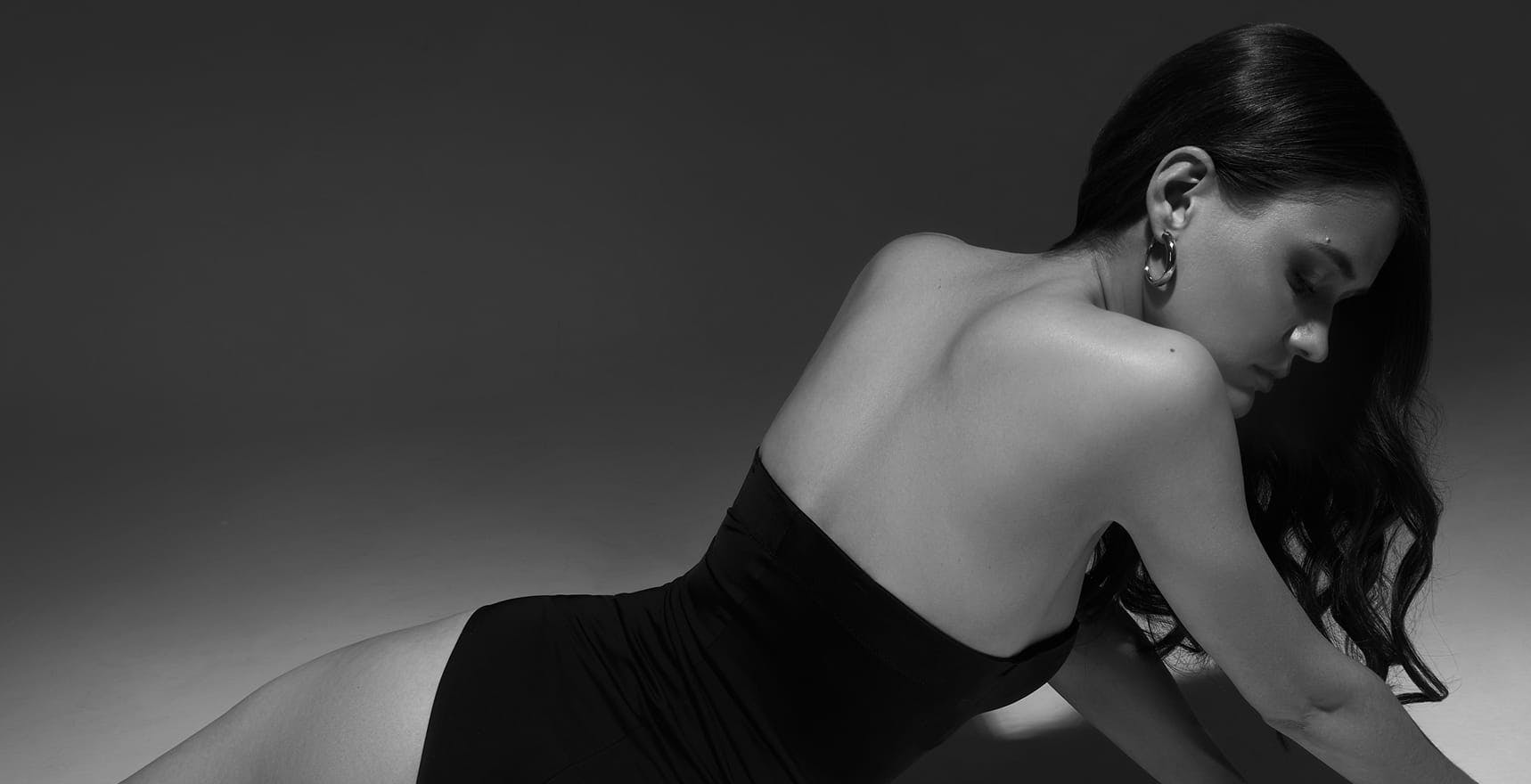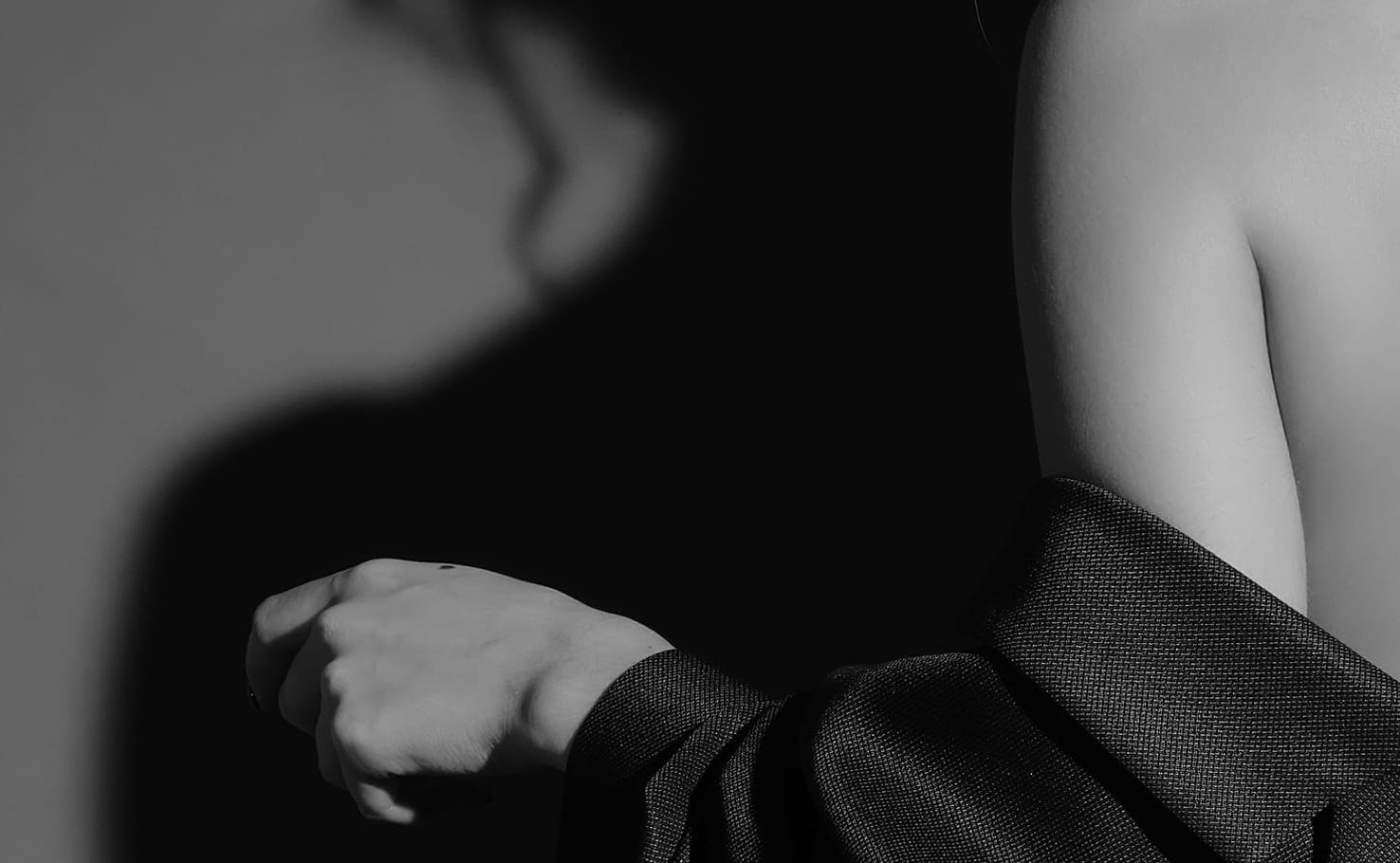Gallery
View Before & Afters
“As a mom of 4… I cried when I saw the results. I didn’t remember what pre-baby looked like anymore.”





Contact Us (310) 496-7562

"As a physician myself, I am particularly impressed by Dr. Galanis’ focus on patient safety in addition to delivering fantastic aesthetic results."
Contact Us (310) 496-7562
“His attention to detail, knowledge of cosmetic surgery, his aesthetic eye, and bedside manner are best-in-class.”
